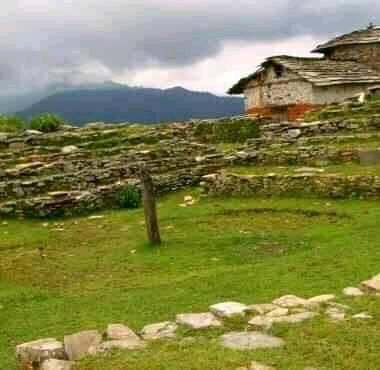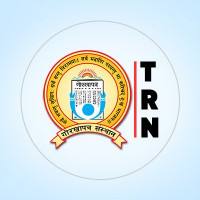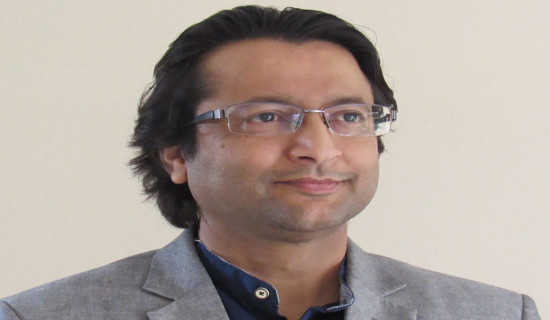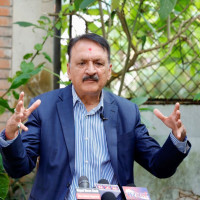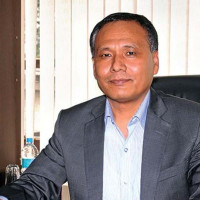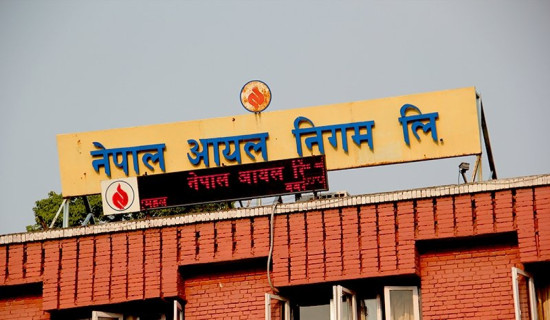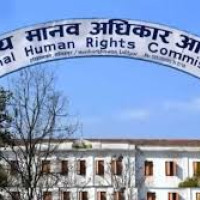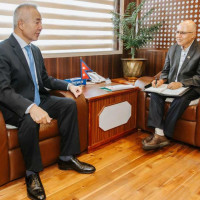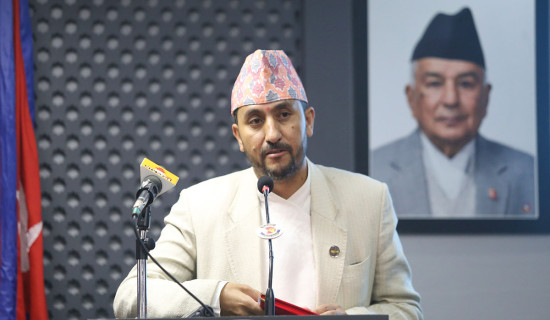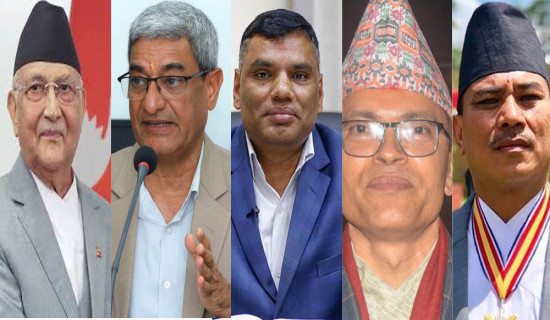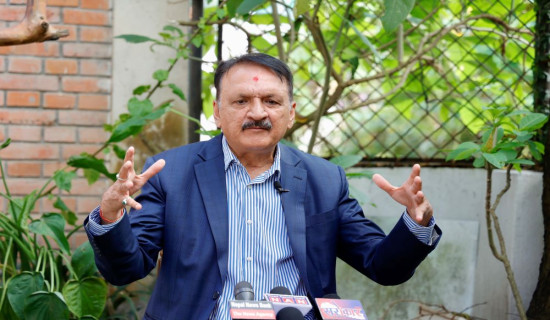- Monday, 29 September 2025
Historical forts in Pyuthan invites tourists
By Our Correspondent
Pyuthan, May 25: There used to be royal forts on the high hills of Pyuthan where kings resided. Armed with spears, khukuris (the national weapon of Nepal) and cannons, soldiers were stationed there. Plans of governance were made from these very locations.
Today, those historic forts are disappearing. During the time when Baise–Chaubise principalities were in existence, local kings built forts on high hills. These forts served as centres of governance and defence.
According to researchers, 38 forts such as Majhkot, Damri, Khaira, Bhingri and Saari have been identified in Pyuthan.
Among them, Bhitrikot, Bijulikot, Bandikot, Okharkot, Udaypurkot and Narikot were considered powerful. The stone fort of Sarumarani was built to stop enemies coming from the south.
Many of the forts show the influence of Magar rulers. According to researcher Bhoj Bikram Budha Magar, these forts were built in the 14th–15th centuries. Before unification, these were power centres. Evidence suggests that Jimmawals and Mukhiyas (leaders of village) also governed from forts. After unification, these states were merged and forts were turned into kotghars (fort house) and Hindu shrines.
Lately, traditions like Dashain puja, animal sacrifices and Sarai dance are observed in these forts.
The ‘kot’, once a place to store the weapons of local kings, is now a shrine of the goddess. Worship began with the belief that it would protect the temples from attack. According to researcher Dr. Gitu Giri, Bhitrikot was the capital of the Chand kings.
Before the Chands, Magar rulers from Rolpa ruled the area. In the 17th century, King Lataraj of the Chand dynasty ruled over Pyuthan.
During his reign, there were 16,000 households in Pyuthan. In 1843 B.S., Pyuthan was annexed into Nepal after the end of King Moti Chand’s reign.
In Udaypurkot, Brahmin ruler Jasudhar Adhikari ruled from 1575–1602 B.S.
His descendant Shantaraj Adhikari retained a king-like status until 2017 B.S. After losing the state, he moved to Bardiya. He passed away in 2042 B.S.
In Okharkot, the kings not only ruled but also manufactured weapons.
Spears, khukuris, swords and royal sceptres were produced there. Folklore says that after King Jaat Magar, Parshu Gharti ruled the area. In 2015, the historic royal sceptre was stolen. Other weapons have also gone missing.
Some forts still have ruins of palaces and assembly halls. Most have now been turned into temples. During Dashain, the traditions of worship, and Phulpati processions are performed.
Madan Adhikari, a local of Mandavi Rural Municipality-4, said that the villagers were preserving the forts through worship and festivals during celebrations.
He said, "Now, these places should be developed as tourist destination area.”
All three tiers of government are active in the conservation of these forts. Pyuthan Municipality has said that Rs. 50 million has already been spent on infrastructure, including roads in Bhitrikot.
Mandavi Rural Municipality has informed that Rs. 25.8 million has already been spent on building a temple, stairs and a water fountain in Udayapurkot.
Vice-chair of Jhimruk Rural Municipality, Pramod Pokharel, said that plans were underway to develop Badikot and Okharkot as a religious and tourism destination.

